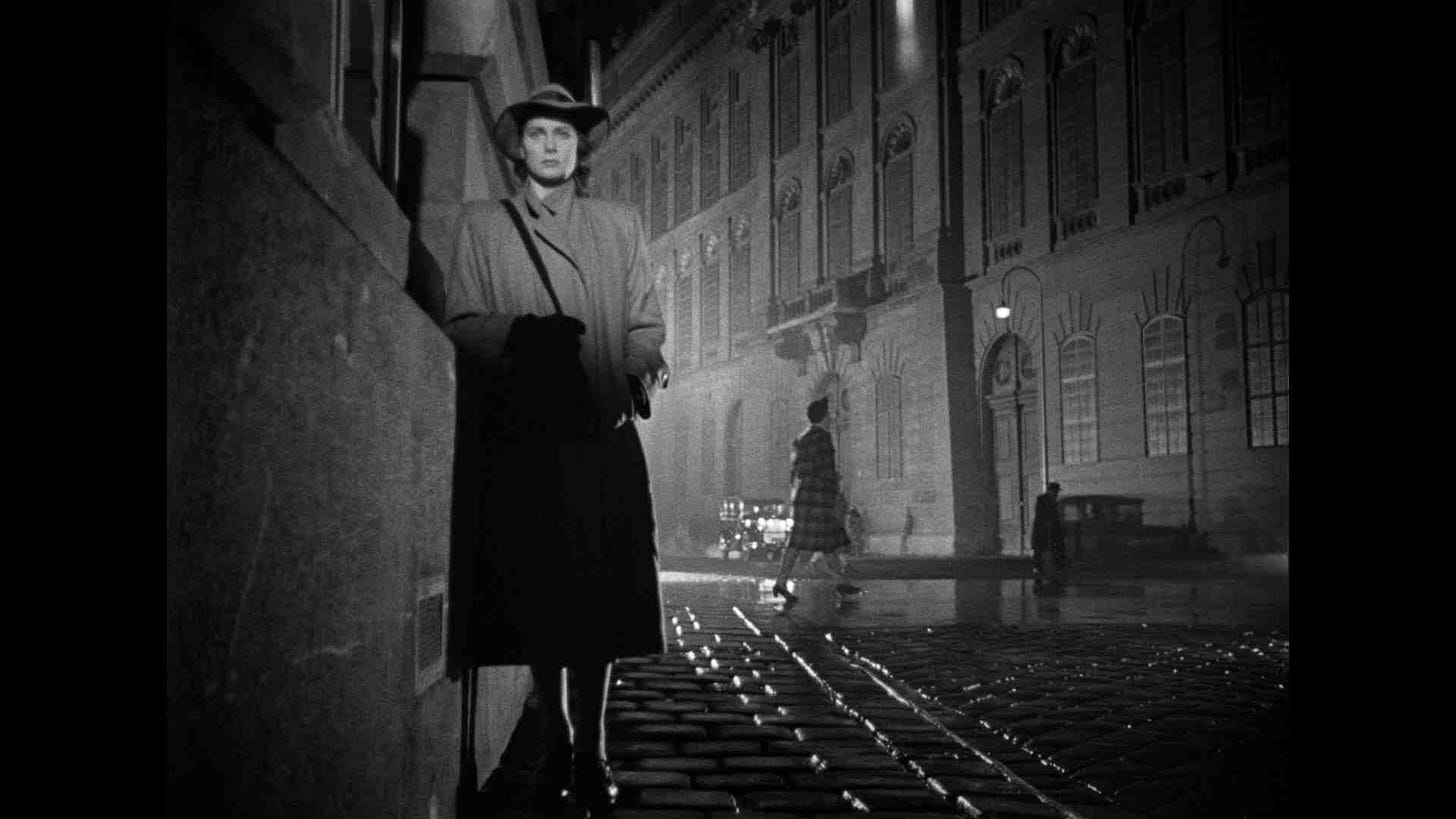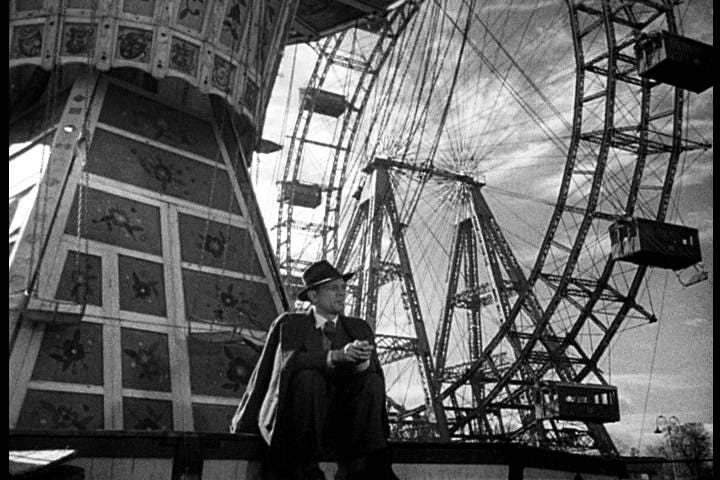The Cold Brilliance of The Third Man
When December's chill sets in, few films capture the season's stark beauty and moral complexity like Carol Reed's noir classic.
I’ve always considered The Third Man a Christmas movie. No, it doesn’t deck its halls with tinsel or stage heartfelt reconciliations over wassail, but watch it in December, when the nights are long and sharp enough to slice your thoughts to ribbons. The snow-dappled Vienna of Carol Reed’s noir classic—its cobbled streets slick with frost, its shadowy alleys curling like cigarette smoke, and yes, that exhaled breath made crystalline by the cold—demands to be experienced wrapped in a blanket with a warm drink at hand. It’s a winter film because it’s a cold one, beautiful and precise, a work of art that scrapes the soul clean like the icy wind off the Danube.
The technical precision of the film is its first, most obvious miracle. Robert Krasker’s cinematography—a chiaroscuro waltz of Dutch angles and deep-focus compositions—redefines how light and shadow operate in the cinematic frame. Filmed on location in 1948-49, post-war Vienna, with its ruins and rubble, is both the setting and a character, a wounded city struggling to stitch itself back together, its streets teeming with the ghosts of empire. Krasker’s camera is restless, inquisitive, slinking around corners and eavesdropping through broken shutters, peering down storm drains where truth—and Harry Lime—lurks like a rat. The iconic final sequence, where Lime flees through Vienna’s sewers, is a masterclass in visual storytelling: water glistening on the walls like sweat on a liar’s brow, echoes ricocheting off the vaulted tunnels like accusations. You don’t just watch The Third Man; you’re pulled into its architecture, its labyrinth of lies.
Then there’s the zither. Anton Karas’s haunting, insistent score is as essential to the film as Vienna itself. At first, it feels out of place, this sprightly, almost mischievous melody against the backdrop of a city in moral freefall. But like all great contradictions, it burrows under your skin until it makes perfect sense: the zither’s jaunty rhythms echo the duplicity of the world Reed and Greene have constructed, a place where charm is a weapon and betrayal a currency. By the time the final notes play over that devastating closing shot—Anna walking past Holly with the indifference of history itself—the music has become inseparable from the melancholy, the fatalism, the cold hard truth of it all.
Much of that truth is delivered through the writing, vivid sharp. Graham Greene’s screenplay is a clockwork marvel, a mechanism of escalating tension and moral complexity. The dialogue crackles with wit and menace, every exchange laden with subtext. When Major Calloway describes Harry Lime as someone who “killed” hundreds of children, Holly Martins retorts, “You can’t put murder charges on a man in his grave.” Calloway’s reply? “He’s not in his grave.” In two lines, the film pivots from mourning to intrigue, from elegy to thriller.
And then there’s the cuckoo clock speech. Delivered by Orson Welles in the role of Harry Lime, a gangster so charming he makes amorality look like a viable career path, the speech was famously improvised by Welles himself.
In Italy for 30 years under the Borgias, they had warfare, terror, murder, and bloodshed, but they produced Michelangelo, Leonardo da Vinci, and the Renaissance. In Switzerland, they had brotherly love, 500 years of democracy and peace, and what did that produce? The cuckoo clock.
It’s a line so audacious, so casually nihilistic, it’s almost funny—until you realize Lime believes it. Welles’s delivery is a masterstroke, his voice dripping with disdain and self-satisfaction, his smile a weapon aimed directly at the audience. In that moment, the film’s moral core crystallizes: what kind of world allows a man like Harry Lime to thrive? And what does it say about the rest of us that we can’t help but be seduced by him?
Seduction, of course, is the film’s great theme. Not just the obvious kind—though Anna’s unwavering loyalty to Harry, even after his crimes are laid bare, is heartbreaking in its futility—but the seduction of power, of money, of the illusion that we’re better than the world we inhabit. Holly Martins starts the film as a bumbling idealist, a pulp novelist out of his depth, but by the end, he’s complicit, sullied, a man who’s learned too much about the cost of doing the right thing. “It’s not that easy,” Calloway tells him early on, and by the time Holly pulls the trigger on his best friend, he understands just how right the Major was.
What makes The Third Man timeless isn’t just its technical brilliance or its narrative ingenuity, but its unflinching engagement with the moral compromises of the human condition. Post-war Vienna may be the setting, but the questions it raises are universal, eternal. What do we owe to each other in a broken world? How do we balance loyalty against justice, love against duty? And when the shadows lengthen and the zither fades, can we live with the choices we’ve made?
In the end, The Third Man is a Christmas movie in the way that Dickens’s A Christmas Carol is: a ghost story wrapped in the trappings of redemption, a reminder that even in the darkest of winters, there’s light to be found—if we’re brave enough to seek it. Or perhaps it’s more accurate to say it’s a winter film, a work of art that glitters like frost and cuts just as deep, a story that leaves you changed, shivering, and grateful for the cold.
Michael S. Rose is author of the New York Times bestseller Goodbye, Goodmen (Regnery), Ugly As Sin (Sophia Institute), The Art of Being Human (Angelico), Benedict XVI: The Man Who Was Ratzinger (Spence), and other books.







